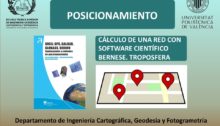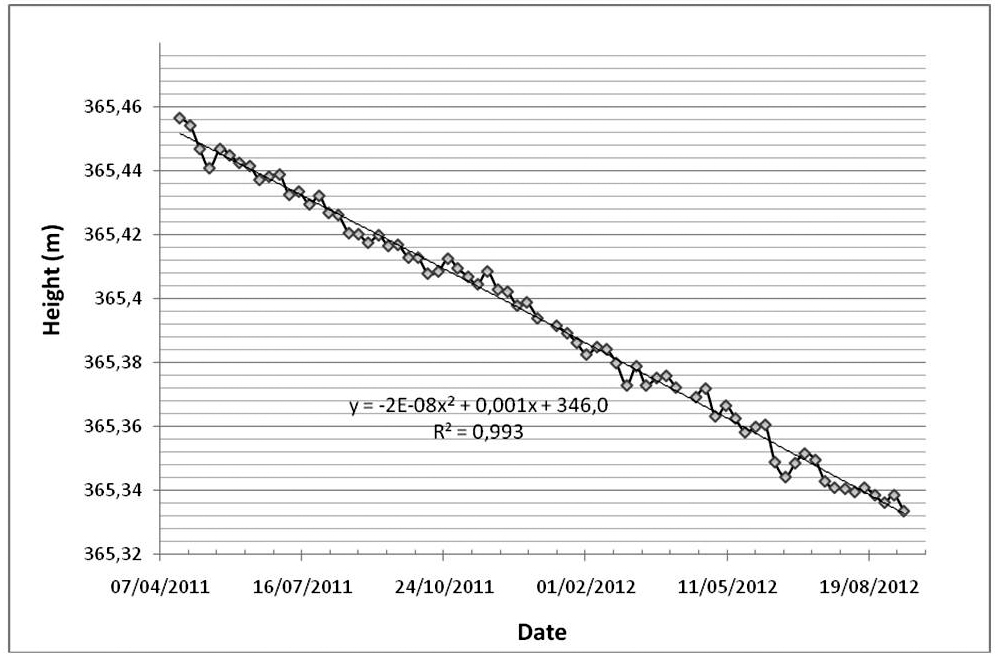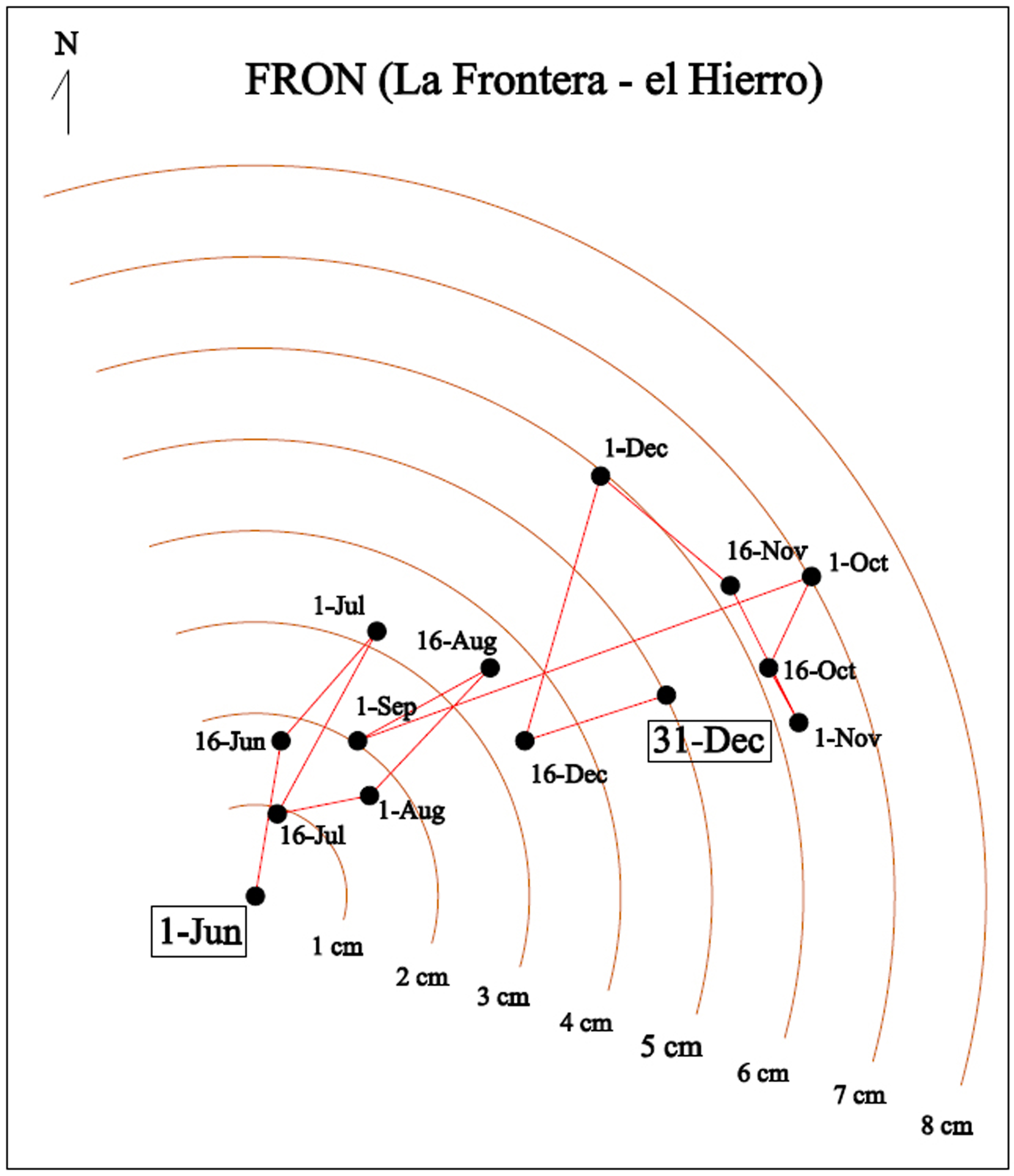Redes GNSS de Estaciones Permanentes. CORS
Con la proliferación del uso de los sistemas GNSS se ha hecho necesario, dada su enorme utilidad, la implantación por parte de diferentes organismos de redes GNSS de estaciones permanentes. Actualmente no se concibe trabajar en Geomática, Topografía o Geodesia sin el apoyo de las redes GNSS de estaciones permanentes. En 1994 W. Strange definió…




